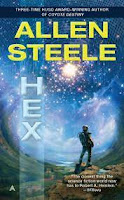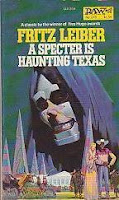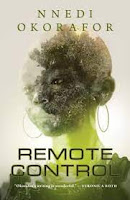Golden Age, sure; laser pistols, damsels in distress, slavering aliens, and of course, unitards. New Wave, yeah; experimental diction, political agendas, and challenging any and every norm. Metamodern, we can already see it; old tropes trotted out in a new light, uncontroversial prose, and emphasis on diversity, natch. But cyberpunk? Is it something more than an aesthetic. Bruce Sterling would, or at least did, have an answer to that question, and when looking at a specific scope of fiction, he'd be right. But is it really something more than dystopian corporations, augmented biology, and a society thrown into a deeper degree of flux by technology? I don't know. Regardless, I don't think we can think of Fritz Leiber's 1953 The Green Millennium as anything but—and waaaaay ahead of its time for it.
Phil Gish wakes up one day to find a strange, green cat playing in his home. Not everything right with the cat—it's fur not seeming quite fur and its structure not quite bone, he nevertheless finds himself attracted to the cat. And when it walks out of his house, he follows it. The start of a wild adventure, it ain't no white rabbit, and Gish is no Alice. But what a wonderland it is.















